Beekeeping in Graeco-Roman Crete, Jane Francis
Beekeeping in Graeco-Roman Crete, Jane Francis
Beekeeping in Graeco ‐Roman Crete
Jane Francis
Concordia University, Montreal
This project is based on the nearly 500 fragments of ceramic beekeeping equipment from the Sphakia Survey, in west Crete. This material was collected during fieldwork in the 1980s and 1990s and forms one of the largest collections of ancient apicultural data from southern Greece. An investigation of the formal qualities of the hives, extension rings, and closures (shapes of rims and bodies, dimensions and capacities) has revealed Cretan, if not west Cretan, regional preferences in manufacture. Studies of the scoring patterns on the vessels’ interior indicate a treatment specific to Crete; experimental reconstructions have identified the probable tools and methods for creating these marks.
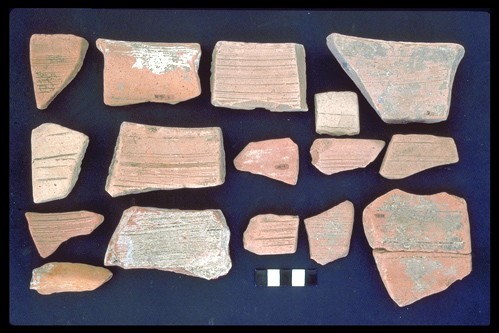 Sphakia: Beekeeping Assemblage
Sphakia: Beekeeping Assemblage
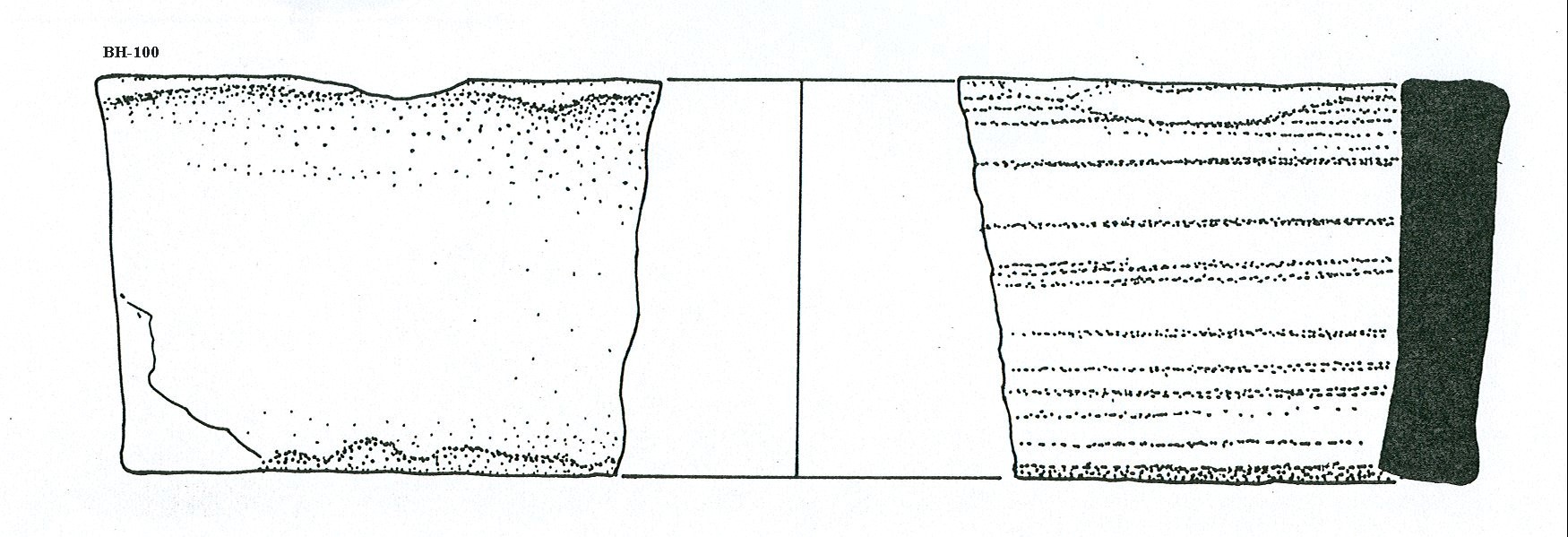 Sphakia: Extension Ring
Sphakia: Extension Ring
An intensive macroscopic analysis of the clays (ceramic fabrics) used for these beehives shows the majority of the Sphakia examples to have been made on Crete, with only an occasional import. The origins and potential for trade of these containers is an important aspect of this project.
 Sphakia: Beehive Fabric - Milky Qtz Sand, Terra Rosa Clay
Sphakia: Beehive Fabric - Milky Qtz Sand, Terra Rosa Clay
The findspots of these vessels provide information about where apiaries were established and the types of sites deemed appropriate for bees, data that can then be used to make assumptions about the size of apiculture industry (i.e., single family, hobbyist, surplus production).
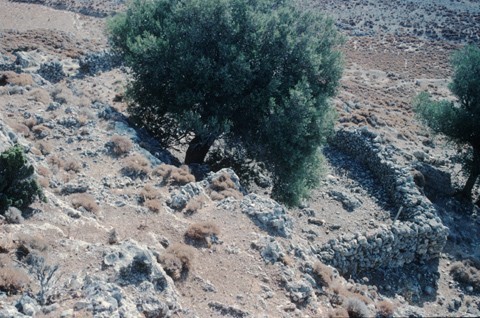 Sphakia: Ergastiria. Beekeeping enclosure
Sphakia: Ergastiria. Beekeeping enclosure
This project also addresses the economic implications of honey and wax production in Graeco - Roman Crete; little concrete data on this is available, but models established for other ancient agricultural commodities, like wine production, are of use.
Ceramic beehives do not display the same morphological development as other pottery shapes and are notoriously difficult to date on their own, but chronologies for the Sphakia hives have been determined through examinations of findspot contexts, pottery found with them, and the dates offered through ceramic analysis. Research into the shapes of ancient ceramic beehives in this project is beginning to indicate, at least at some sites, a change in shape in the late Roman/early Byzantine era that will be crucial for dating apiaries and associated remains.
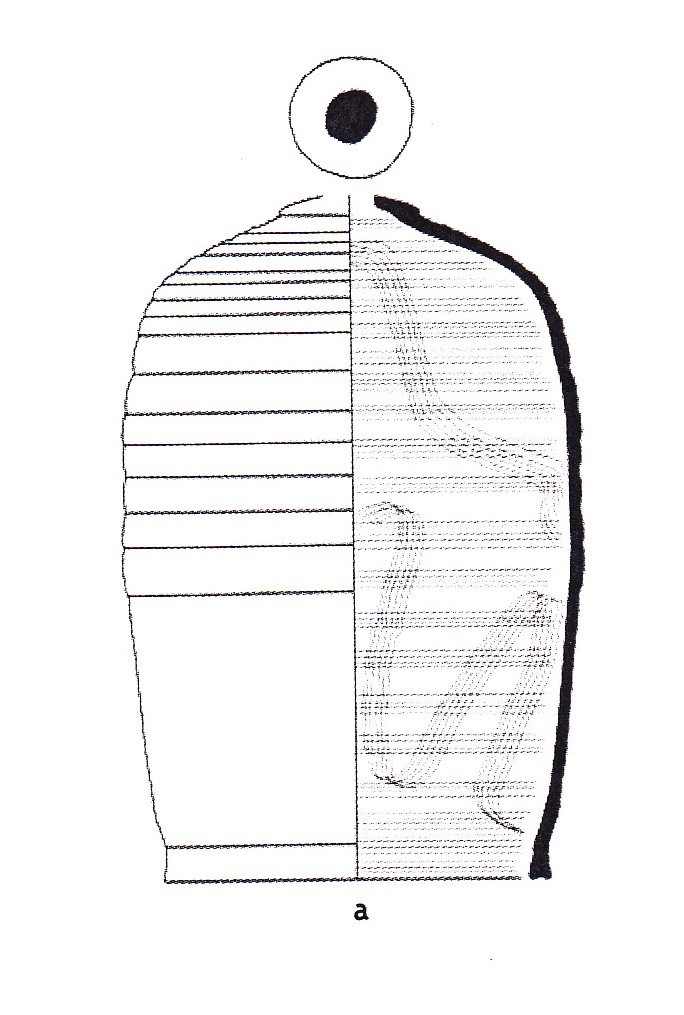 Eleutherna: Late-‐Roman / Early Byzantine Beehive
Eleutherna: Late-‐Roman / Early Byzantine Beehive
An ongoing issue of ancient apiculture is the date at which manmade hives were developed. Vessels claimed to be prehistoric beehives, but which look very different from contemporary examples from Egypt and the Near East, and do not resemble later ceramic hives, have been published but none of these have been confirmed as beekeeping on any sound evidence. An excursus in this project explores the purpose of these containers.
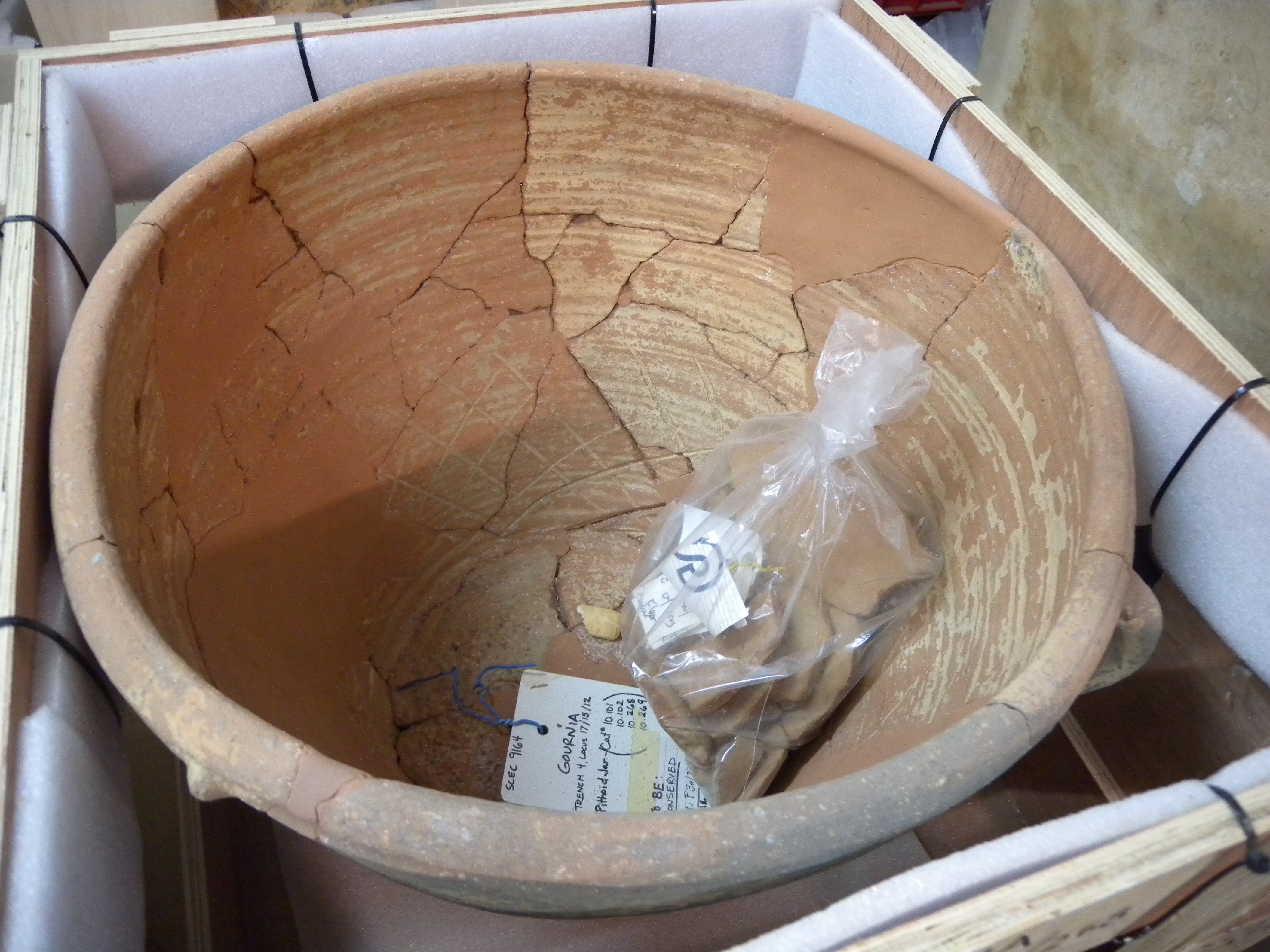 Gournia, Prehistoric (Late Minoan) “Beehive”
Gournia, Prehistoric (Late Minoan) “Beehive”
The broader context of beekeeping in the rest of Crete is also investigated in this research. It is important to understand how the Sphakia beekeeping equipment fits within the manufacture and use of beehives across the island. While many more fragments exist than have been published (and are thus available for study), assemblages of beekeeping equipment from the Akrotiri peninsula, Gortyn, Knossos, Eleutherna, Phalasarna, Moni Odigitria, Skoteino Cave, and Gournia have been formally examined, and many others briefly studied from casual surface observation. Many of these examples are made of their local clays but some, like those at Eleutherna, show morphological details not seen elsewhere; these distinctions may indicate intensive specialisation by potters, perhaps in conjunction with beekeepers.
This project will be published as a monograph, to be completed in 2017.
